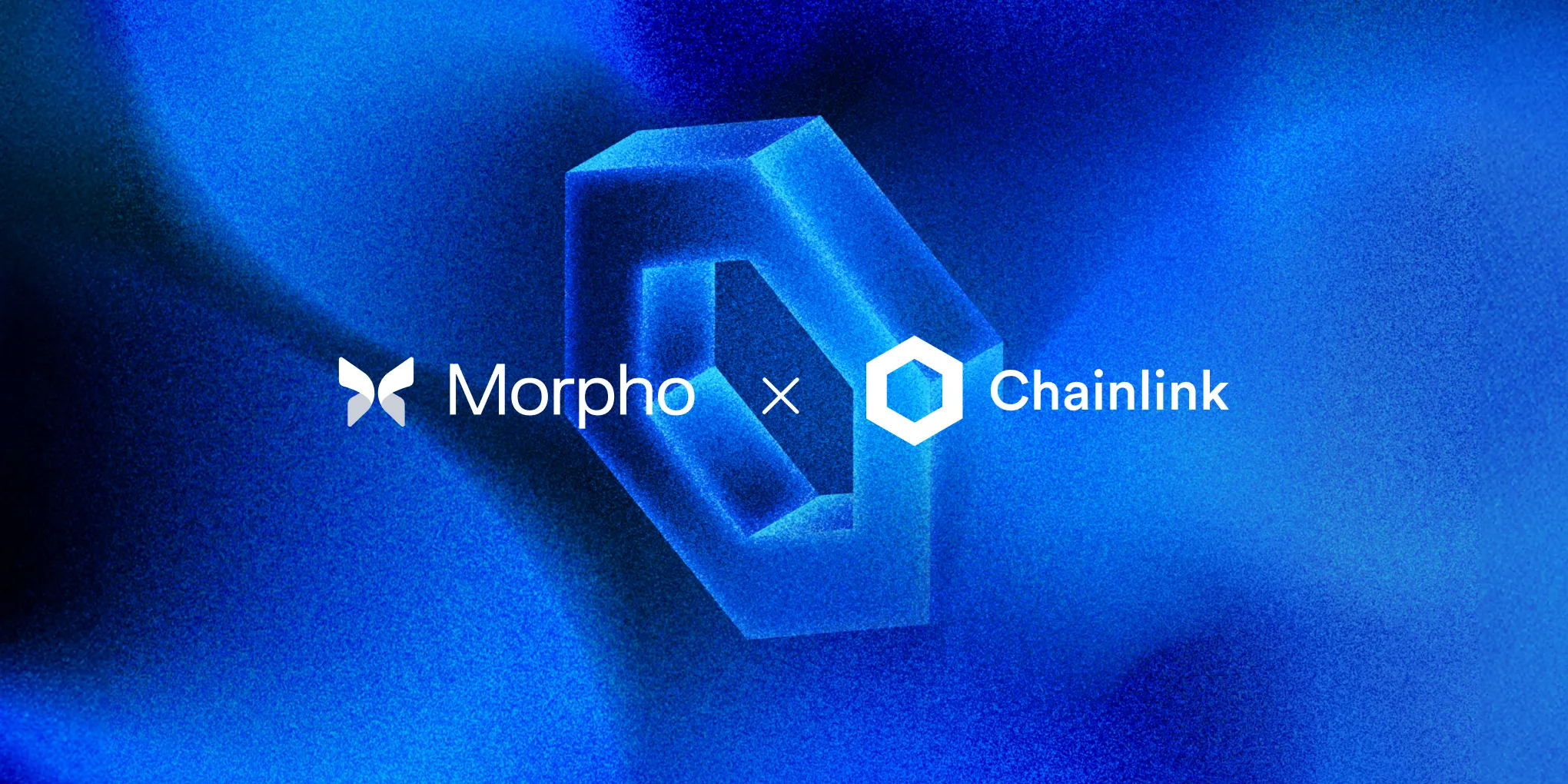How Sonarverse's Data Quality Practices Address Issues on the Blockchain
Sonarverse is steadfastly dedicated to superior data quality, exemplified through its rigorous procedures and the comprehensive oversight provided by the Data Quality Trust Center.
February 16, 2024











.webp)



